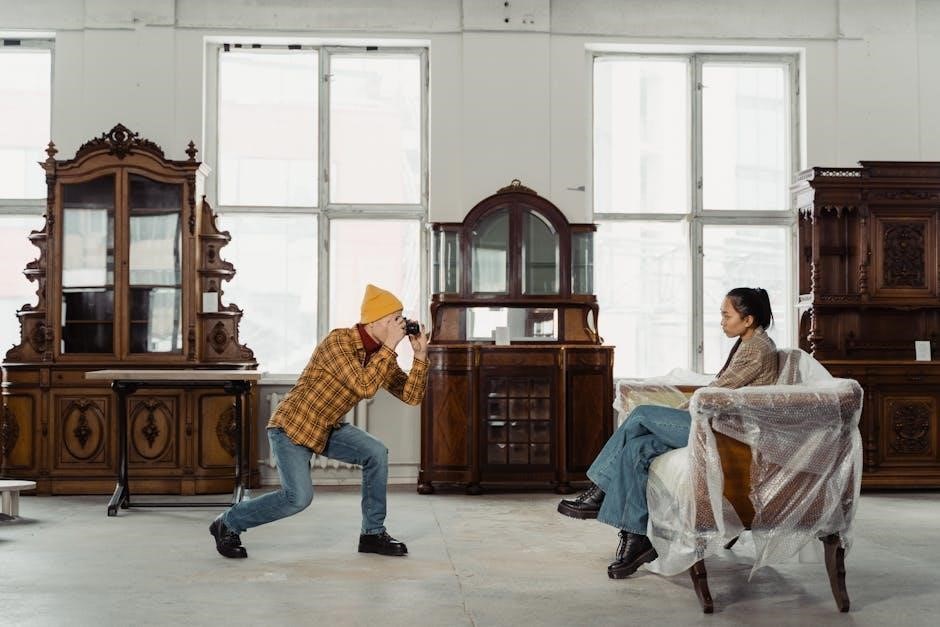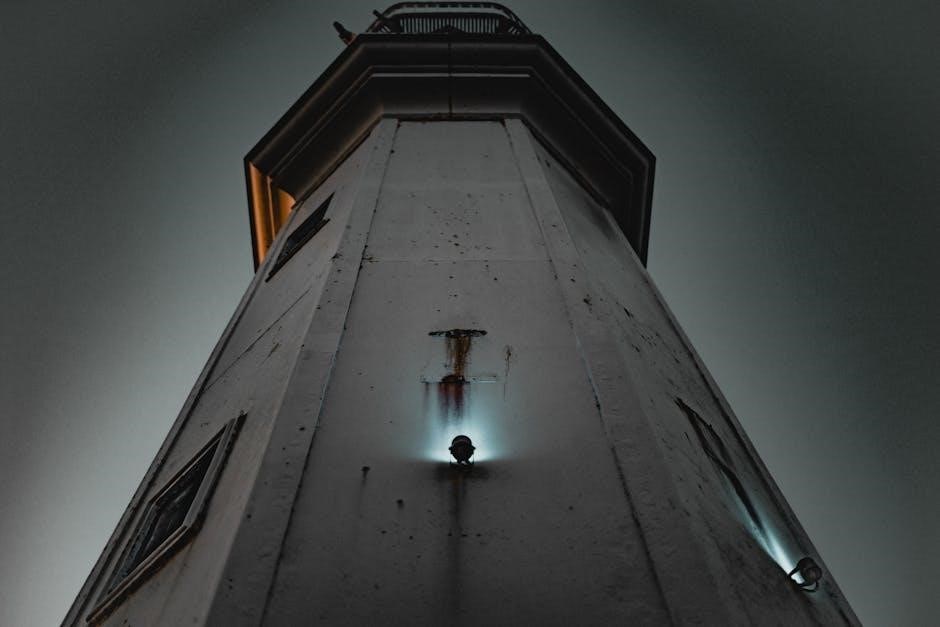Embarking on a lamp-buying journey can transform your living space! This guide simplifies the selection process, offering insights into lamp types, shade choices, and layered lighting. Discover how to navigate the vast options and find the perfect lamp to illuminate your home with style and functionality.
Choosing the right lamp is a crucial step in creating a beautiful and livable home. With so many options available, navigating the world of lamps can feel overwhelming. This guide aims to simplify the process, providing insights into essential factors to consider before making a purchase. From understanding different types of lighting to selecting the perfect lampshade, we’ll cover everything you need to know.

The key is to approach lamp selection strategically, considering both functional and aesthetic needs. Think about the room where the lamp will reside. Is it a cozy bedroom requiring soft ambient light, or a home office demanding focused task lighting? Understanding your lighting requirements is the first step.
Next, consider the style and design of your space. A lamp should complement your existing decor, enhancing the overall aesthetic. Don’t be afraid to mix and match styles to create a unique and personalized look. Explore different lamp base materials, shapes, and finishes to find the perfect fit.
Finally, pay attention to the details. Check for warranties, return options, and reviews from other buyers. Consider the size and scale of the lamp in relation to the surrounding furniture and space. With careful planning and consideration, you can confidently select a lamp that meets your needs and elevates your home’s ambiance.
Types of Lamps: Floor, Table, Desk, and Wall-Mounted

Lamps come in various forms, each designed to serve specific purposes and complement different spaces. Understanding the distinctions between these types is essential for creating a well-lit and functional environment. Let’s explore four common categories: floor lamps, table lamps, desk lamps, and wall-mounted lamps.
Floor lamps are freestanding fixtures that provide ambient or task lighting. They are ideal for living rooms, bedrooms, or any space where overhead lighting is insufficient. Floor lamps come in various styles, from traditional to modern, and can be used to create a focal point or add a touch of elegance to a room.
Table lamps are versatile lighting solutions that can be placed on tables, nightstands, or desks. They offer a softer, more intimate light and are perfect for creating a cozy atmosphere. Table lamps are available in a wide range of sizes, shapes, and materials, allowing you to customize your lighting to match your decor.
Desk lamps are specifically designed for task lighting, providing focused illumination for reading, writing, or working. They often feature adjustable arms and shades, allowing you to direct the light where you need it most. Desk lamps are essential for home offices, study areas, or any space where focused lighting is required.
Wall-mounted lamps, also known as sconces, are attached to walls and provide ambient or accent lighting. They are a great space-saving option and can be used to highlight artwork, illuminate hallways, or create a romantic ambiance in bedrooms.
Understanding Lamp Fittings: Spider, UNO, and Clip-On
Lamp fittings are the mechanisms that connect the lampshade to the lamp base. Choosing the correct fitting is crucial for ensuring your lampshade is securely attached and functions properly. The three most common types of lamp fittings are spider, UNO, and clip-on.
Spider fittings are the most prevalent type, often used for both floor and table lamps. They are easily identifiable by the spider-like arms radiating from a central ring. This ring sits atop the lamp’s harp, a wire support that encircles the bulb. A decorative screw-on cap, known as a finial, secures the shade to the harp.
UNO fittings offer a different approach. Instead of attaching to a harp, UNO fittings secure directly to the lamp socket at the base of the bulb. The shade essentially screws onto the socket itself, providing a clean and streamlined look.
Clip-on fittings are the simplest and most versatile option. They feature wire loops that clip directly onto the light bulb. Clip-on fittings are handy when a harp is missing or when using a shade with an incompatible fitting. However, it’s essential to avoid clip-on fittings for heavier shades, as they may not provide sufficient support.
By understanding the differences between spider, UNO, and clip-on fittings, you can confidently select the right lampshade for your lamp and ensure a secure and aesthetically pleasing fit.

Choosing the Right Lamp Shade: Shape, Size, and Material
Selecting the perfect lampshade involves considering shape, size, and material to complement your lamp base and overall décor. The lampshade significantly impacts the light’s diffusion and the room’s ambiance, making it a crucial decision in your lamp-buying journey.
Shape: Lampshades come in various shapes, including empire, drum, bell, and square. Empire shades are wider at the bottom than the top, offering a classic and versatile look. Drum shades, cylindrical in shape, provide a modern and clean aesthetic. Bell shades, with their curved silhouette, add a touch of elegance and sophistication. Square shades, as the name suggests, have a contemporary and geometric appeal.
Size: The lampshade’s size should be proportional to the lamp base. A general rule is that the shade’s height should be about two-thirds of the base’s height. The shade’s width should also be wider than the widest part of the lamp base to maintain visual balance.
Material: Lampshade materials range from fabric to paper to glass. Fabric shades, such as linen or silk, offer a soft and diffused light. Paper shades are lightweight and affordable, providing a warm glow. Glass shades can be translucent or opaque, creating different lighting effects and adding a touch of sophistication.
By carefully considering the shape, size, and material, you can choose a lampshade that not only complements your lamp base but also enhances the overall aesthetic of your room.
Lamp Shade Color and Light Diffusion
The color of a lampshade significantly impacts the light’s diffusion and the overall ambiance of a room. Understanding how different colors affect light can help you create the desired atmosphere in your space. Light and neutral-colored shades, like white or off-white, allow the most light to pass through, providing brighter illumination. These shades are ideal for task lighting or for brightening up a room.
Darker-colored shades, such as black, navy, or deep red, absorb more light and create a more intimate and cozy atmosphere. These shades direct light upwards and downwards, creating a focused pool of light. They are suitable for creating mood lighting or accentuating specific areas of a room.
The inner lining of a lampshade also plays a role in light diffusion. A white or off-white lining will reflect more light, while a metallic or colored lining will alter the light’s color and intensity. Translucent shades, like light paper or silk, allow light through with a gentle diffusion, creating a soft and warm glow. For a brighter lamp, consider a lampshade with a white or off-white inner surface.
Experimenting with different lampshade colors and linings can dramatically change the look and feel of your lighting. Consider the room’s purpose and the desired ambiance when selecting a lampshade color to achieve the perfect lighting effect.
The Importance of Layered Lighting
Layered lighting is a fundamental concept in interior design, involving the strategic combination of different light sources to create a well-illuminated and visually appealing space. By incorporating ambient, task, and accent lighting, you can achieve a balanced and functional lighting scheme that caters to various activities and moods. Ambient lighting, also known as general lighting, provides overall illumination to a room. It is often achieved through overhead fixtures, such as chandeliers or recessed lighting, and serves as the foundation for the lighting plan.
Task lighting focuses on specific areas where tasks are performed, such as reading, cooking, or working. Table lamps, desk lamps, and under-cabinet lighting are excellent sources of task lighting, providing focused and direct illumination to enhance visibility and reduce eye strain.
Accent lighting highlights specific objects or architectural features, adding depth and visual interest to a room. Track lighting, spotlights, and wall sconces are commonly used for accent lighting, drawing attention to artwork, sculptures, or decorative elements. By layering these three types of lighting, you can create a dynamic and versatile lighting scheme that enhances the functionality and aesthetics of your living space. Layered lighting allows you to adjust the lighting levels to suit different activities and moods, creating a comfortable and inviting atmosphere.
Table Lamp Size Guide
Selecting the right size table lamp is crucial for achieving a balanced and aesthetically pleasing look in your space. The height of the lamp should be proportional to the surface it sits on, whether it’s a bedside table, a living room end table, or a desk. As a general guideline, the combined height of the table and lamp should fall between 58 to 64 inches from the floor to ensure comfortable and effective lighting.
For bedside tables, a lamp height of 24 to 28 inches is typically ideal. This allows you to easily reach the switch and provides adequate lighting for reading in bed. In living rooms, lamps placed on end tables should be slightly taller, ranging from 28 to 32 inches, to complement the height of sofas and chairs. Desk lamps, designed for task lighting, should be adjustable and positioned to provide direct illumination without causing glare. The base diameter should also be considered to ensure the lamp doesn’t overwhelm the table.
Pay attention to the shade’s dimensions as well. A shade that is too small can make the lamp look disproportionate, while a shade that is too large can block light and appear bulky. By considering these factors, you can choose table lamps that not only provide optimal lighting but also enhance the overall design of your room.
Light Bulb Technology: Halogen, LED, and Smart Bulbs
Choosing the right light bulb is essential for achieving the desired ambiance and energy efficiency in your home. The primary options available today are halogen, LED, and smart bulbs, each with its unique characteristics and benefits. Halogen bulbs produce a bright, crisp light that closely resembles natural daylight, making them suitable for task lighting and accentuating colors. However, they consume more energy and have a shorter lifespan compared to other options.
LED (Light Emitting Diode) bulbs are highly energy-efficient, using up to 75% less energy than halogen bulbs and lasting significantly longer. They come in a variety of color temperatures, ranging from warm, soft light to cool, bright light, allowing you to customize the atmosphere of your space. Smart bulbs take lighting control to the next level by offering features such as dimming, color changing, and remote operation via smartphone apps or voice assistants.
When selecting a light bulb, consider factors such as brightness (measured in lumens), color temperature (measured in Kelvin), and energy efficiency (measured in watts). LED bulbs are generally the most cost-effective choice in the long run, due to their energy savings and longevity, while smart bulbs provide added convenience and customization options.
Considering Lamp Style and Design
The style and design of a lamp should complement your existing décor and reflect your personal taste. With countless options available, it’s crucial to consider the overall aesthetic you want to achieve in your space. Traditional lamps often feature ornate details, classic shapes, and rich materials like brass or wood. These lamps can add a touch of elegance and sophistication to a room.
Modern lamps, on the other hand, tend to have clean lines, minimalist designs, and a focus on functionality. They often incorporate materials like metal, glass, or plastic and come in a variety of bold colors or neutral tones. Contemporary lamps can add a sleek and stylish touch to any space.
For a more eclectic look, consider incorporating vintage or antique lamps into your décor. These unique pieces can add character and charm to a room, while also serving as conversation starters. When choosing a lamp style, think about the other elements in your space, such as furniture, wall color, and accessories. The lamp should blend seamlessly with the overall design scheme and enhance the ambiance of the room. Don’t be afraid to mix and match styles to create a personalized and unique look.
Where to Buy Lamps: Retailers and Online Options
Finding the perfect lamp involves exploring various retailers and online options. Large retailers often offer a wide selection of lamps at competitive prices. These stores provide the opportunity to see and touch the lamps in person, allowing you to assess their quality and style before making a purchase.
Specialty lighting stores offer a curated selection of high-quality lamps, often with knowledgeable staff who can provide expert advice. These stores may carry unique or designer lamps that you won’t find elsewhere. Online retailers provide a vast array of lamp options, often at discounted prices. Shopping online allows you to compare prices and styles from different vendors, all from the comfort of your home.

When buying lamps online, be sure to read reviews and check the retailer’s return policy before making a purchase. Consider exploring online marketplaces that feature handmade or vintage lamps. These sources can offer one-of-a-kind pieces that add character to your home. Whether you prefer the convenience of online shopping or the tactile experience of in-store browsing, carefully consider your options to find the perfect lamp for your needs and style.
